Bjuröklubb's history stretches back to the Bronze Age.
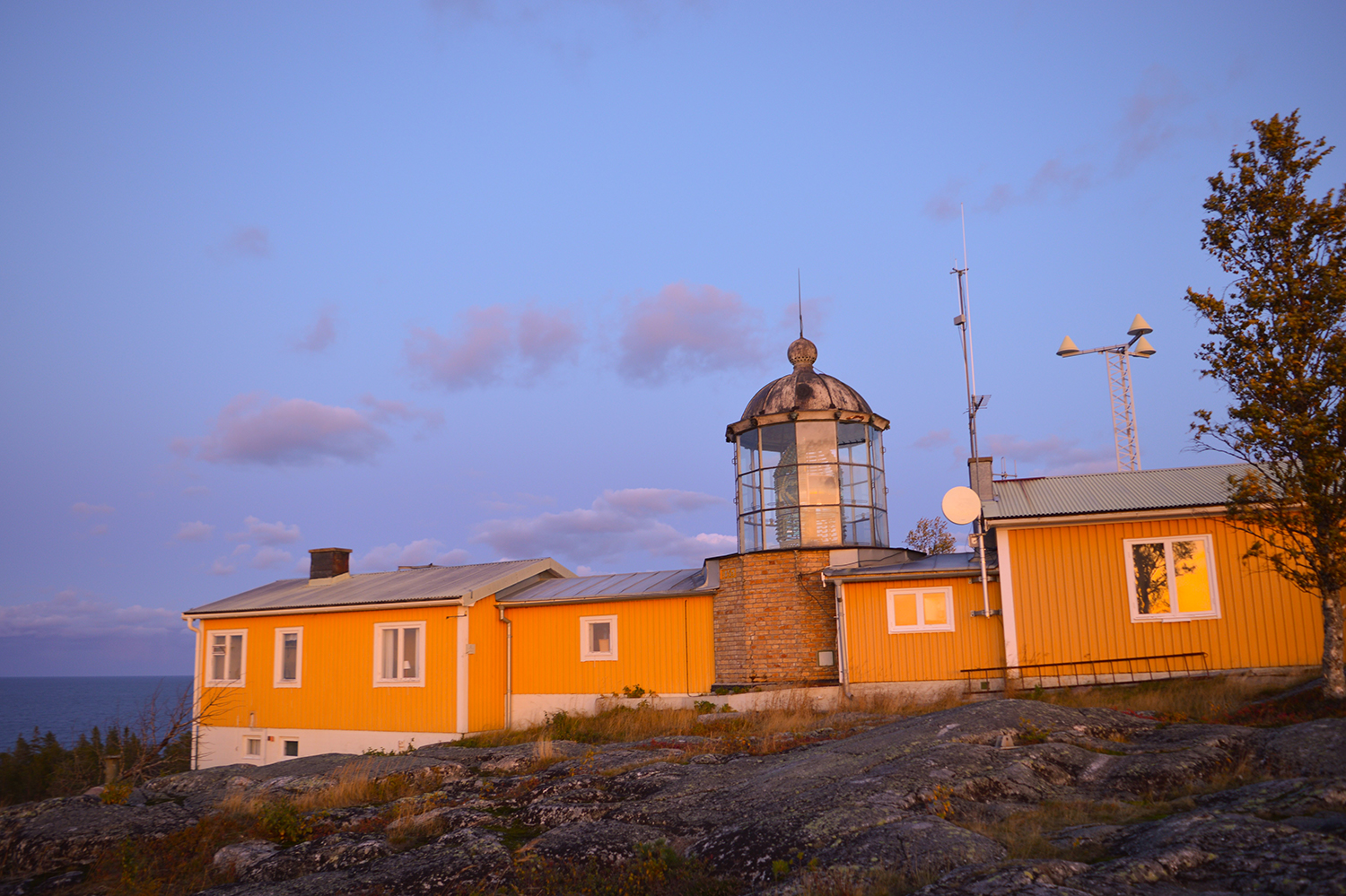
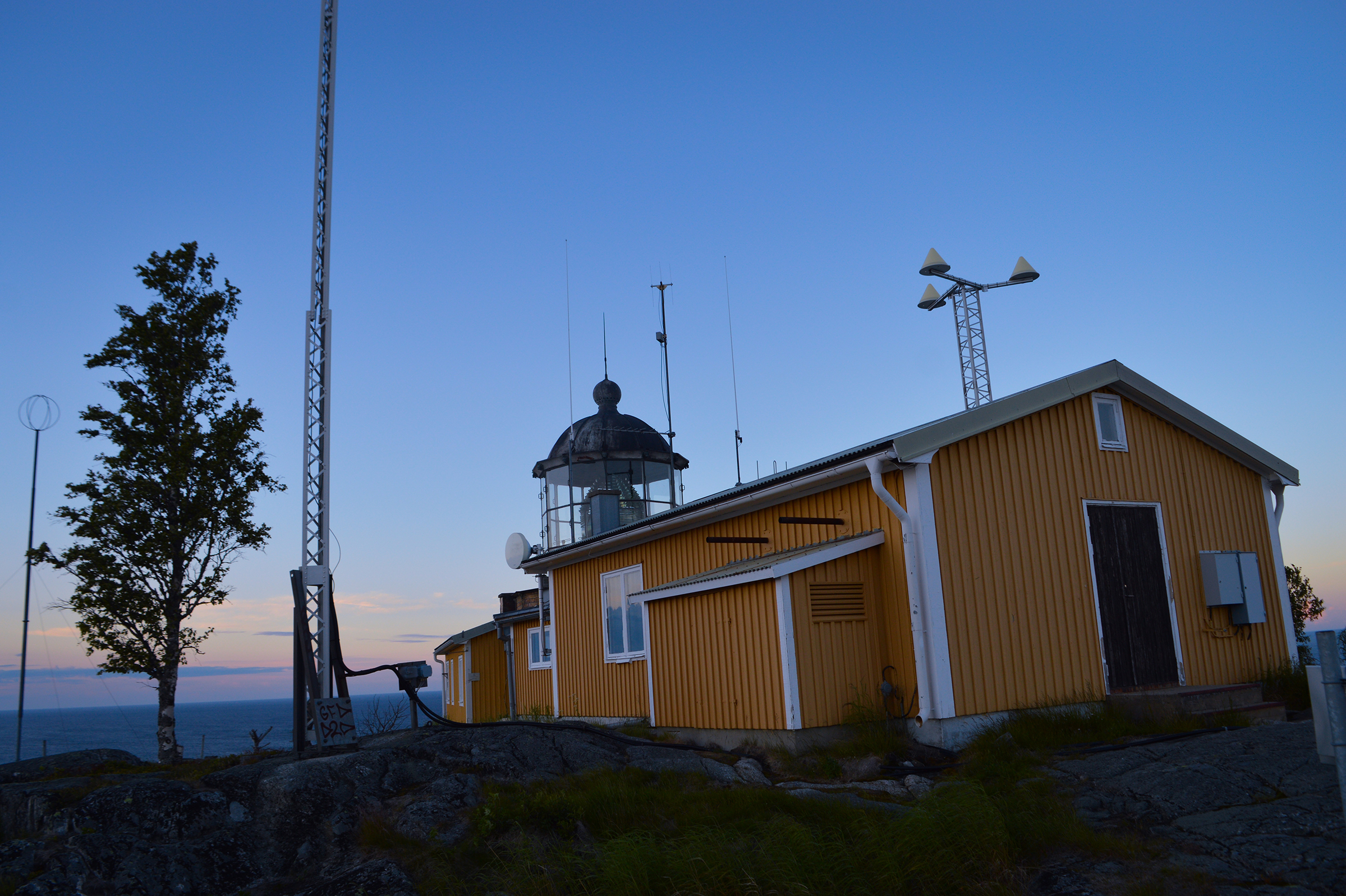
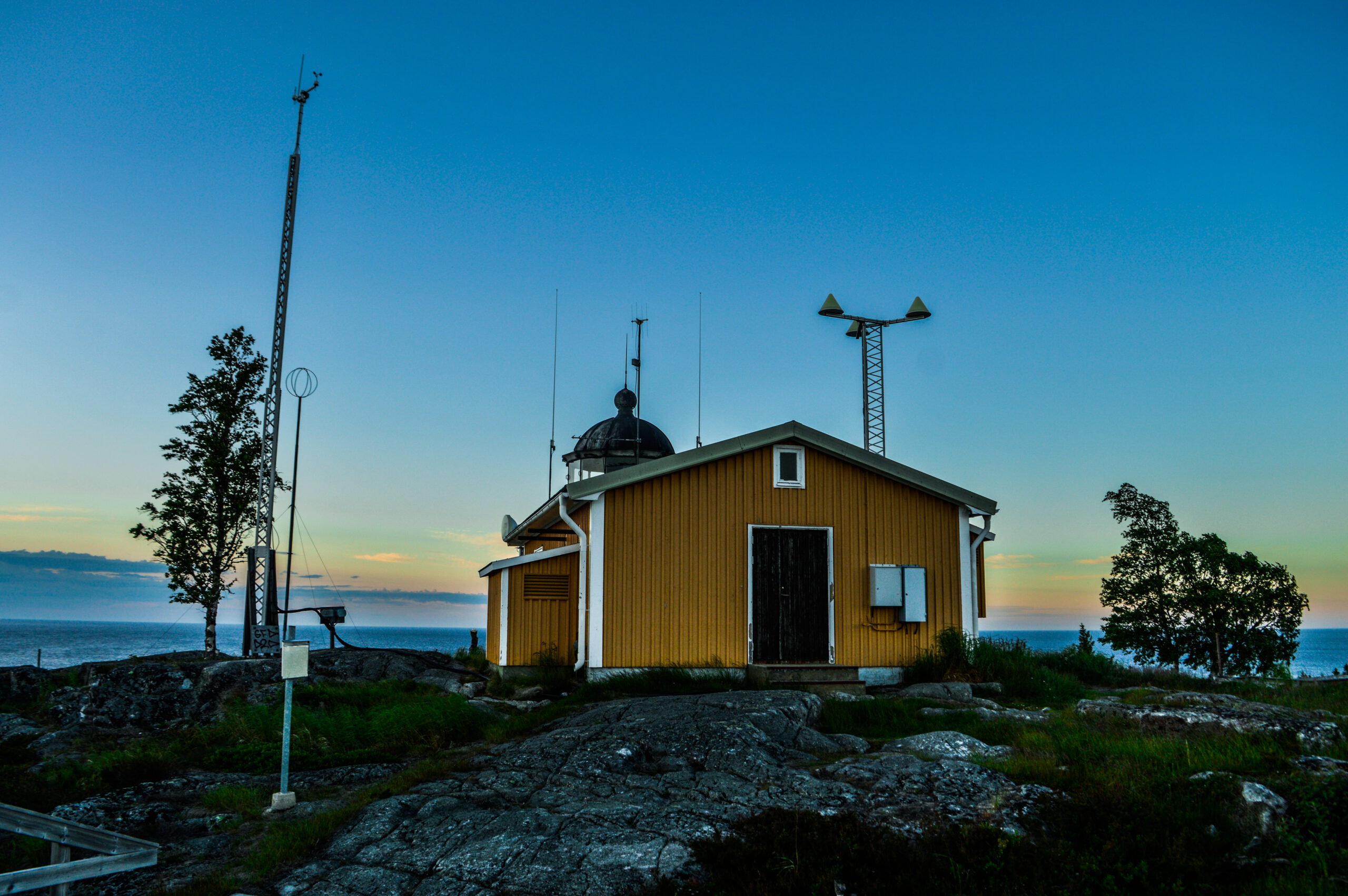
Bjuröklubb's lighthouse is one of 25 Swedish national heritage lighthouses due to its nature, geographical location and historical significance.
When the lighthouse was built in 1859, it replaced an old beacon that was in the same place. For a long time it was powered by kerosene, but after several conversions and additions, the lighthouse was electrically operated and is today fully automated. It has been completed with a radio beacon - coastal radio has a station in the area. In the lighthouse keeper's residence lived the meteorologist who provided SMHI with weather data before it was automated.
In 1888, the kerosene lamp was replaced by a kerosene lamp with four wicks.
In 1910, the lighthouse received lux light.
In 1921, an intermittent device with clockwork and plumb line was installed, everything was moved from Östergarn.
In 1949, the lighthouse was electrified and the clockwork was removed.
The lighthouse is integrated with the engine house and the former pilot house. The pilot maintenance house was renovated in 2006-2007 and can be rented for overnight stays via the association Arena Bjuröklubb.
The lighthouse keeper's residence, which is located in a depression south of the lighthouse, was also built in 1859. In the lighthouse keeper's residence, the association Arena Bjuröklubb has been running "Café Fyren" since 2001.
In 2003, the 255 meter long wooden ramp leading from the lighthouse keeper's residence to the lighthouse was built. A final viewing ramp was built in 2006 to the north side of the mountain.
In 2007, the radar antenna that had been sitting on the roof of the pilot maintenance house, as well as other unused equipment, was dismantled.
Pilot station existed at Bjuröklubb 1821 – 1967.
The entire cape around Bjuröklubb's lighthouse is a nature reserve.
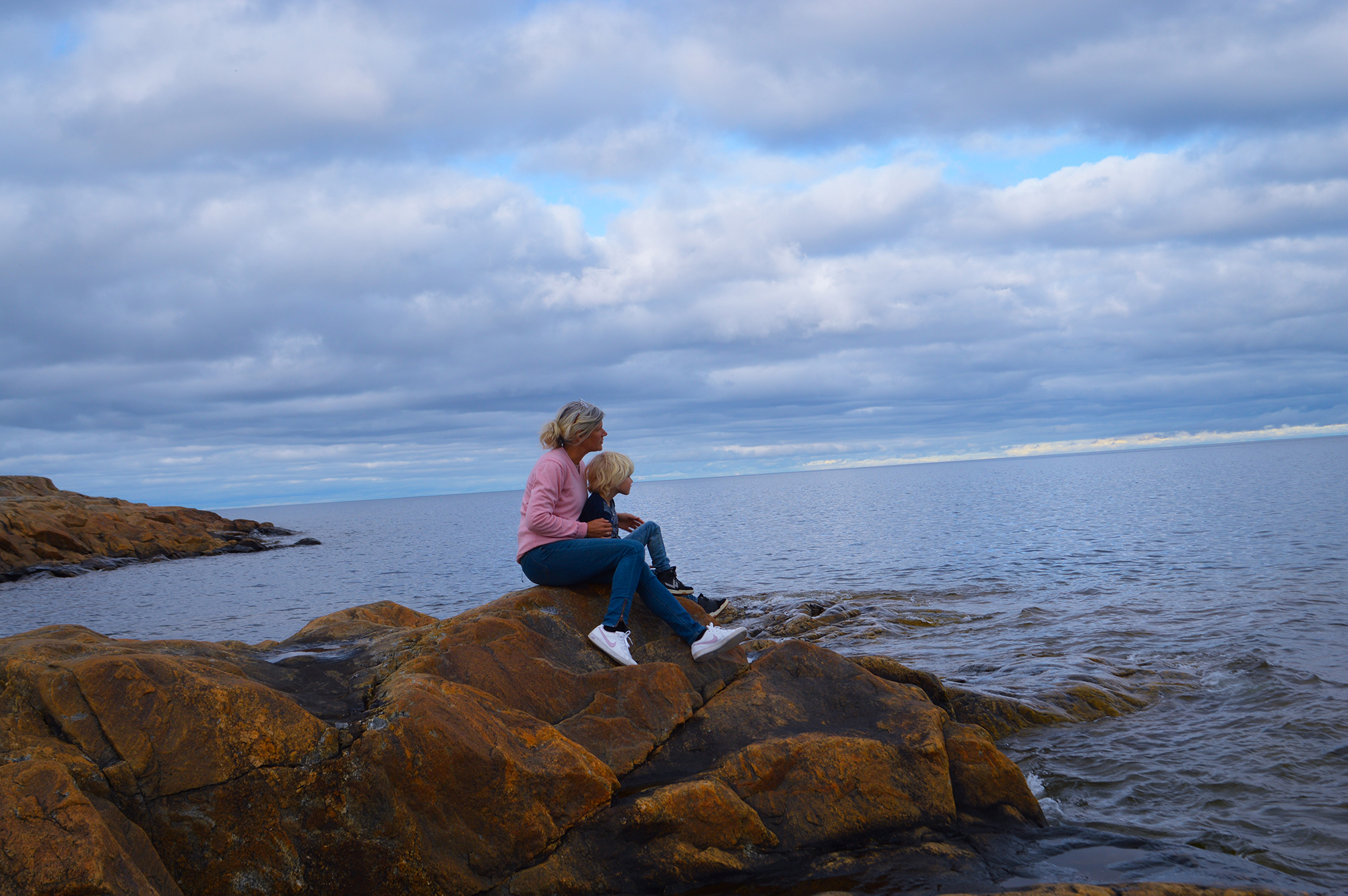
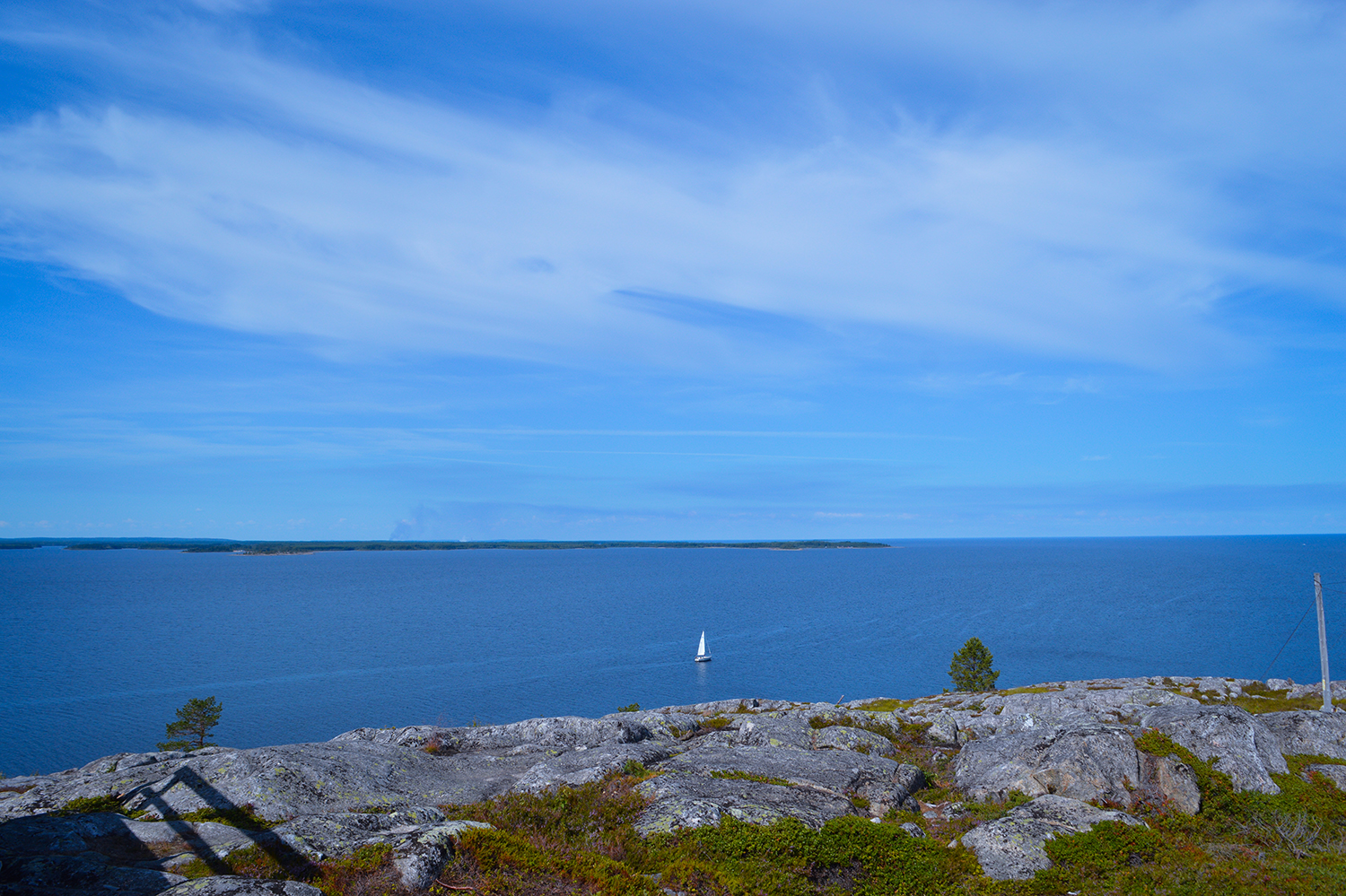
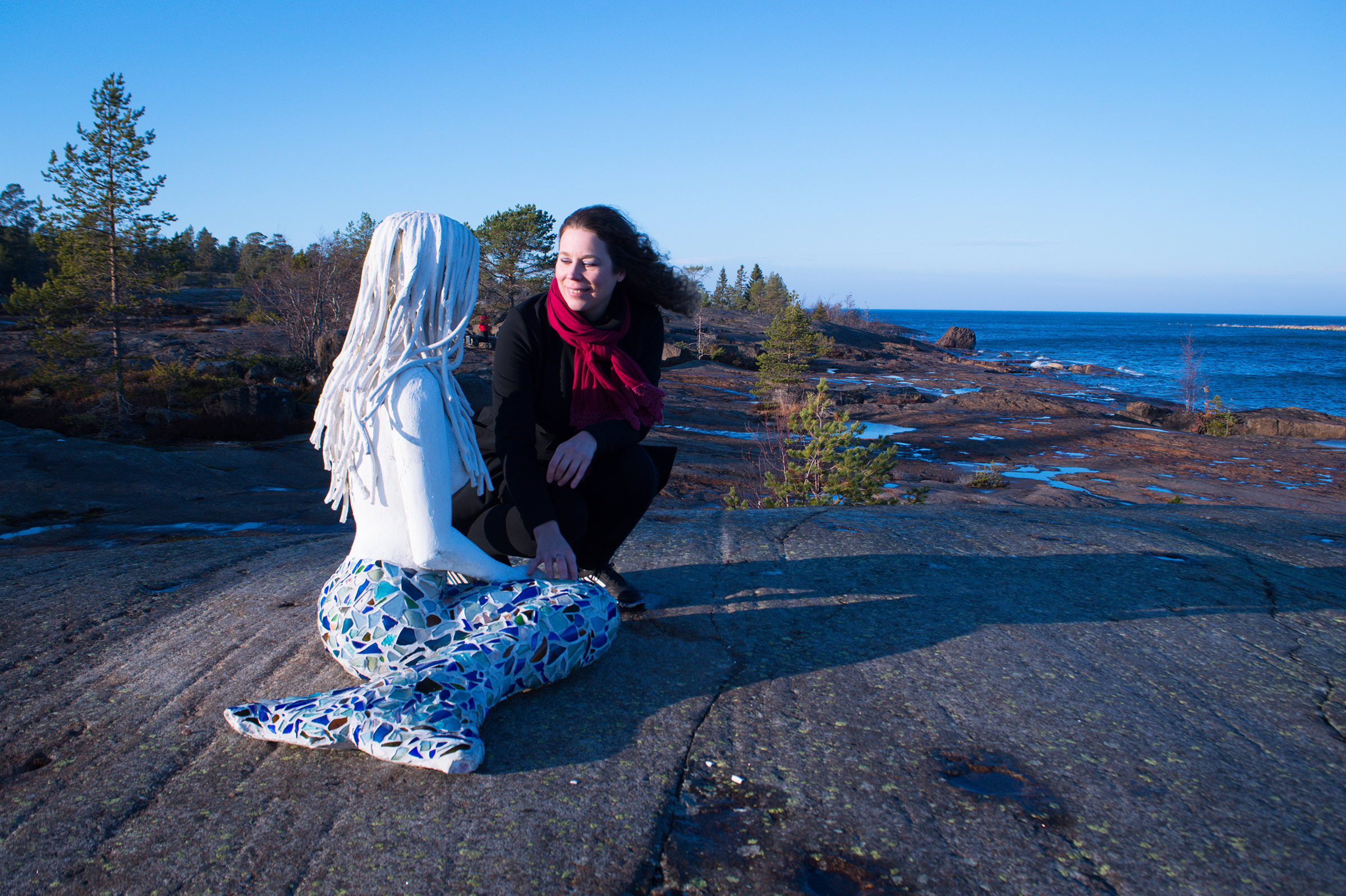
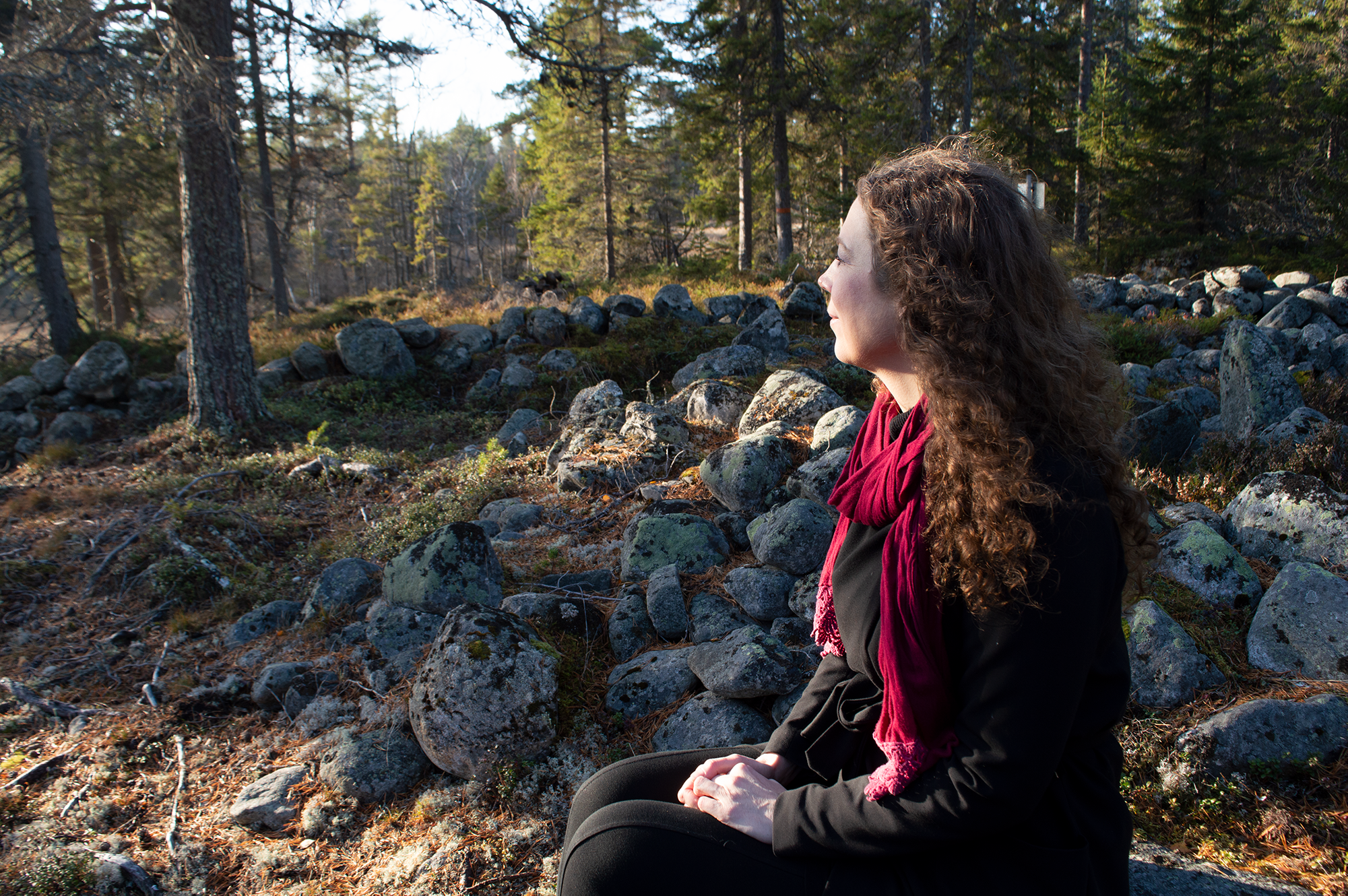
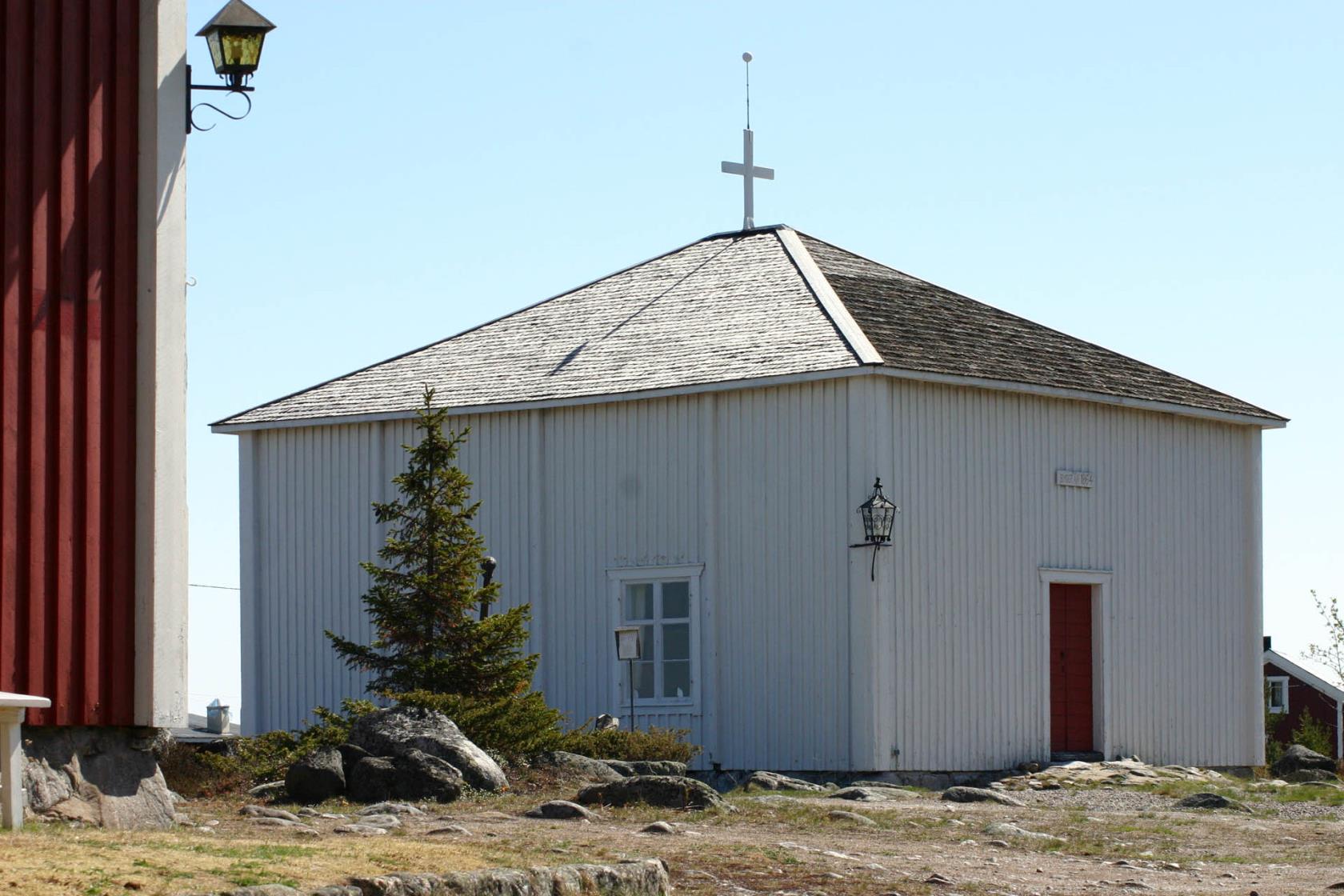
Bjuröklubb's fishing chapel was an important meeting point during fishing's heyday.
In the middle of the 19th century, roughly 50 boat teams started from Bjuröklubb. The original harbor "Sundet", which was once surrounded by cottages, has been turned into a pond by land elevation. Some of the fishing village's cottages are still there.
The first chapel on this site was built in 1658 and stood until 1861. The current chapel, which holds nearly 200 people, was built in 1864 by lighthouse and pilot personnel, fishermen and other residents of the area. There is much evidence that a chapel existed at Jungfruhamnsgraven already in the Middle Ages. In the 19th century, Bjuröklubb had a large fishing village with up to 64 boat teams with 200 – 300 people living in the summertime. The chapel was an important gathering place for worship, prayer and common matters were also discussed there. It was customary for the fishermen to gather in the chapel for a short devotional before setting out to sea. On some weekends the chapel was visited by a priest.
Bjuröklubb's chapel association takes care of the chapel and is open for booked weddings, baptisms, and during the summer months a service is usually held every weekend starting on Midsummer's Day. On many Sundays, the number of visitors is more than the chapel can hold, and a speaker system has therefore been acquired for listening in the open air. Every year, the celebration of "Lövängersnatta" traditionally ends in Bjuröklubb's chapel. In 2012, the 50th anniversary was celebrated.
The chapel celebrated its 150th anniversary on Midsummer Day 2014 and the whole summer was called jubilee summer as a little extra was invested in the program.
The anchor that stands by the chapel was found in 1984 by the Simpan Diving Club in Gärdesviken and salvaged with the assistance of Skellefteå Municipality. The anchor was donated to Bjuröklubb's chapel association after it was blasted and treated with the help of voluntary efforts. The age of the anchor and which boat it belonged to is unknown.
Bjuröklubb is a nature reserve, which means that you as a visitor also have a responsibility. It is permitted to set up a tent and set up the caravan at the swimming area, in all other places it is forbidden to camp. In order to preserve the unique place, we need help in perpetuating the knowledge about what it means to stay at a nature reserve like Bjuröklubb:

The Swedish Agricultural Agency and Skellefteå Älvdal granted the association Arena Bjuröklubb project support for "Arena Bjuröklubb's development project 2021".
Read more here >